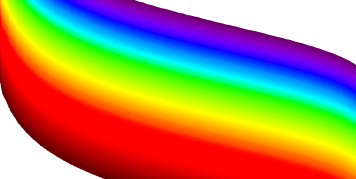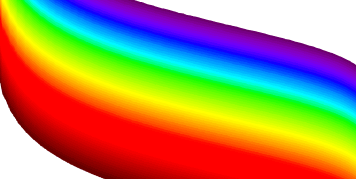Measuring Millikelvin Temperatures with Quantum Dots
Semiconductors, which form the basis of modern electronics, harbor electrons that exhibit perplexing properties at low temperatures. To study these properties, new thermometers are needed that can accurately probe the electron temperature in semiconductors cooled below 1 kelvin. Two independent teams of researchers reporting in Physical Review Applied have now demonstrated an all-optical technique to measure the temperature of an electron reservoir in a semiconductor device down to millikelvin (mK). The technique utilizes self-assembled quantum dots, which can be easily integrated into a variety of experimental semiconductor devices.
Both groups used quantum dots to probe the thermal states of -doped gallium arsenide (GaAs), a semiconductor that acts as an electron reservoir. The researchers prepared devices in which the dots were connected by a tunnel junction to the GaAs and cooled the samples inside a cryogenic refrigerator. With a narrowband laser, they recorded the fluorescence from the quantum dot. Based on the fluorescence, the scientists could calculate the ground-state electron population on the quantum dot, from which they were able to infer the thermal distribution function of the semiconductor. The teams, led by Atac Imamoglu at the Institute of Quantum Electronics at ETH Zurich, Switzerland, and Alexander Högele at the Ludwig Maximilian University of Munich, Germany, both found that the electron devices they studied were considerably warmer than the nominal temperature of their cooling systems. Imamoglu and his team calculated a reservoir temperature of , over an order of magnitude higher than the base plate temperature of their refrigerator ( ), while Högele estimated a reservoir temperature of in a refrigerator set to . The authors attributed the temperature discrepancy to imperfect thermal coupling between the sample and the base. – Katherine Kornei





